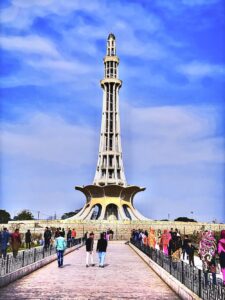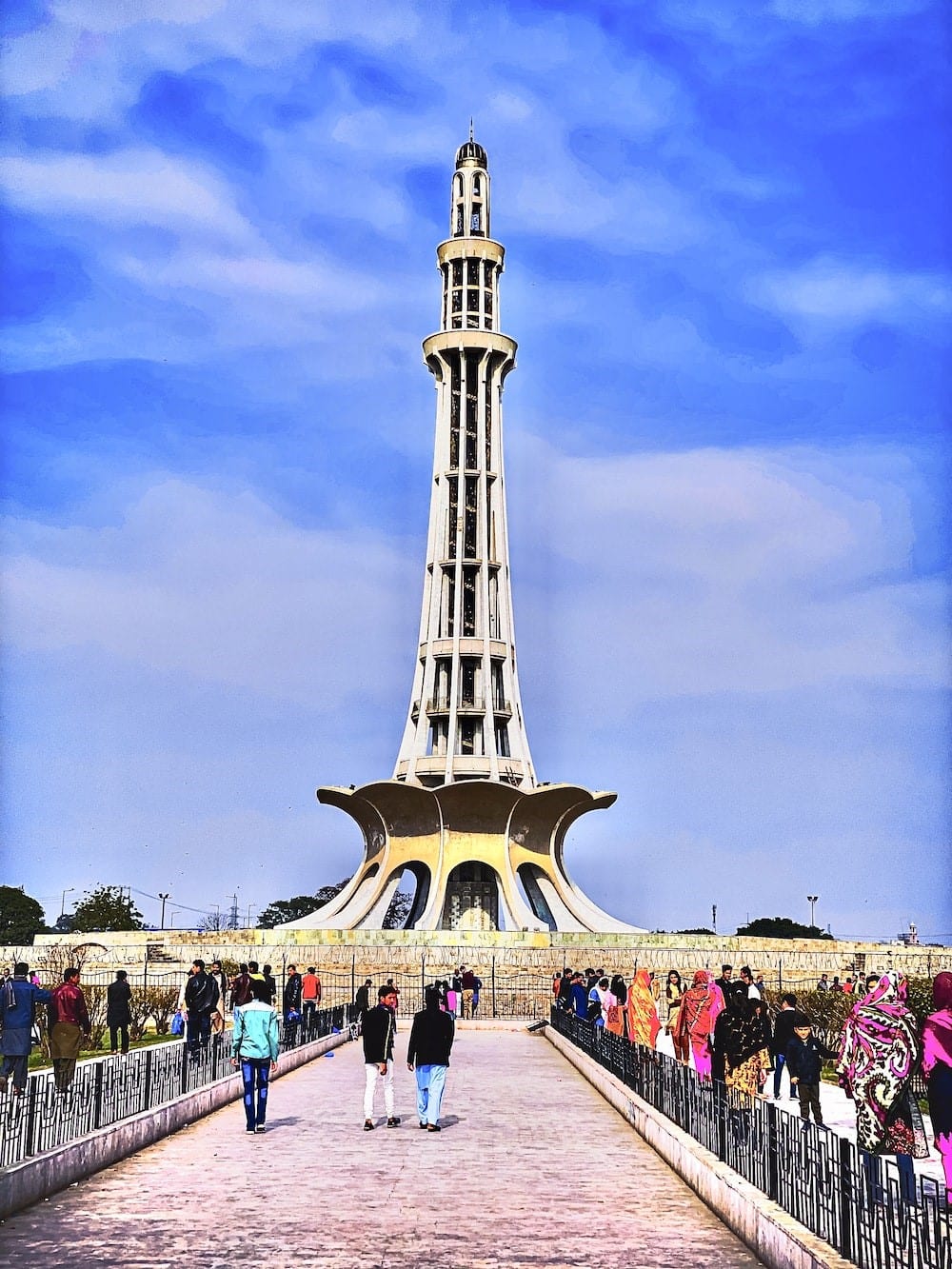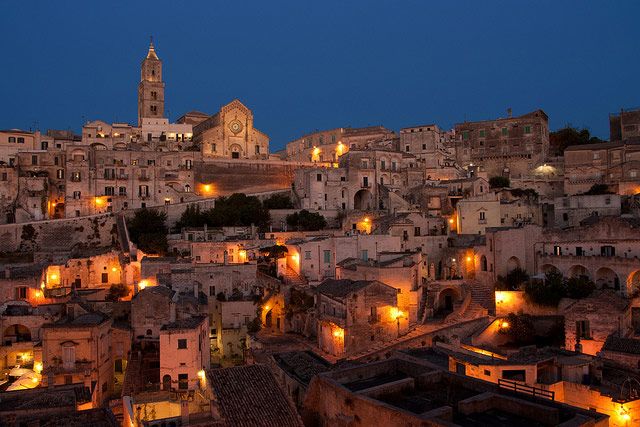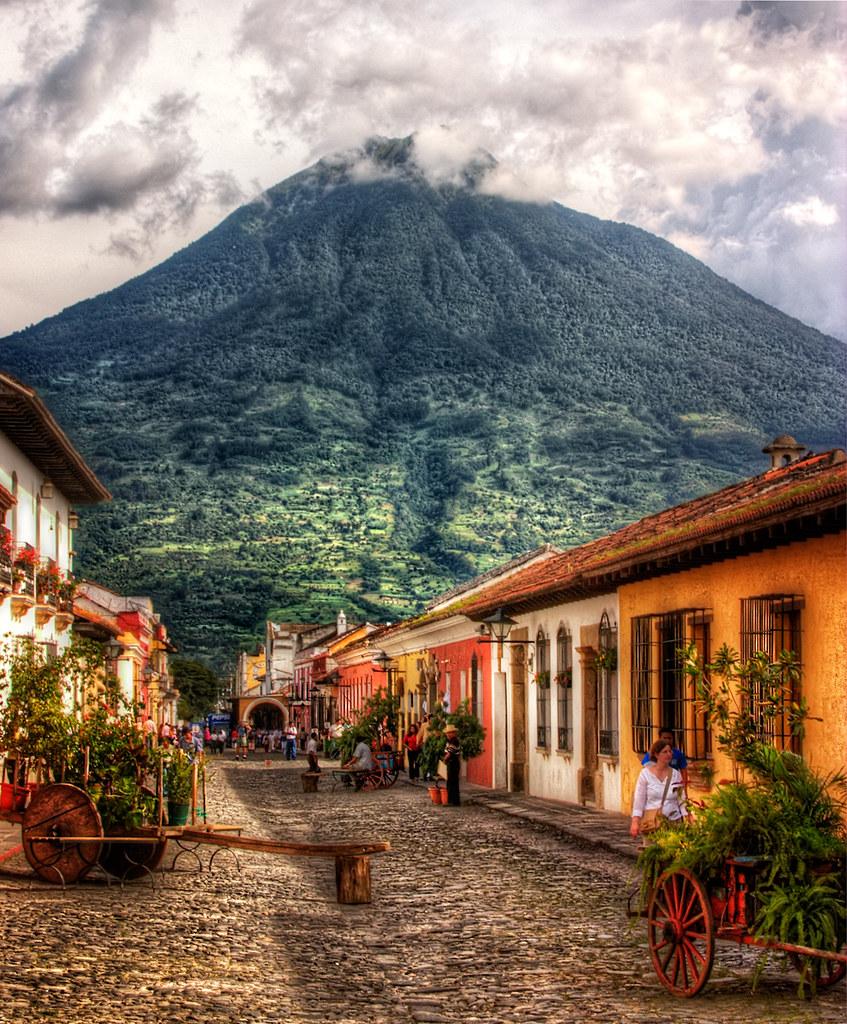Minar e Pakistan
Every nation has a historical monument that benefits them to reflect their former or the history with which they are associated, which reflects the sacrifices of their ancestors and is a sign of independence. Such types of places are pleasurable to explore and offer avenues to interpret. We are going to look at such a beautiful memorial located in Lahore, Pakistan, named Minar e Pakistan. It is the largest tower in Pakistan and can be found in Iqbal Park in Lahore; it is also known as the Pakistan Tower and the Liberty of Pakistan.

The building fascinates visitors the most due to its stimulating and unique design. The incredible building represents Mughal, Islamic, and modern-day architecture and was built after 12 years of the formation of Pakistan. It is 70 meters above the ground, which upswings about 62 meters on the base, and the base is 8 meters above the ground. 180 feet of the building is made up of iron and concrete while the uppermost portion is made up of steel. Although there were several designs, Nasruddin Murat-Khan’s design was approved in 1962, and he supervised the tower. The base of the tower is designed like a flower and comprises four stages. You can take the stairs, which are 324 in total, or the elevator to reach the top and get a spectacular view of the city and the Badshahi Mosque. This place is also used for different resolutions related to religious or political events and is also the main tourist spot in Pakistan.
The groundwork was started on the 23rd of March 1960 by Akhtar Husain and was accomplished on the 21st of October 1968. During these eight years, the work was interrupted several times due to some financial concerns; therefore, it was decided to execute an additional tax on cinema and horse-riding tickets so they could collect money for the remaining manufacturing purposes. This monument has great significance, and it’s because this tower is present exactly at the same point where, on March 23, 1940, the all-India Muslim League conceded the Lahore resolution. The conception of two nation theory is a separate state for the Muslims living in South Asia. This stunning tower was opened to the public on the 23rd of March 1969.
The tower has four distinct platforms. Each portion of the tower has its own religious values. The first portion is built with stones acquired from Taxila, which implies the commencement of the struggle for freedom by the Muslims. The second portion is composed of hammer-dressed stones, which reflect the coarse, and the third portion comprises carved stones, which represent how the Pakistani exertion gained motion. Likewise, the last portion depicts the existence of the Pakistan Movement, which is refined with white marble.
There are various inscriptions inside the building, which force us to go back to the time of dependency and reflect the struggle of our leaders. You can see the Lahore resolution in the form of text on the stone wall, which is written in various languages like Urdu, English, Bengali, and Arabic correspondingly. The national anthem of Pakistan is also carved into the wall in Urdu and Bengali, which takes us back to the days before independence. How were the Muslims living at that time, and how is their lifestyle now? Apart from that, you can also observe some quotes from the speeches of Mohammad Ali Jinnah, the father of the nation, and some famous citations from the poetry of Allama Muhammad Iqbal, who both struggled so hard for the freedom of Muslims. Thousands of people visit this incredible spot not only for fun but to know the mystery behind the monument, which includes locals and foreigners as well. It’s one of the top destinations to explore in Lahore whenever you have a visit planned.
The park where this monument is present was initially called Minto Park; later, its name was changed to Iqbal Park. In the beginning, it was under the Reservation Memorial Committee, but in 1984 the charge was taken by the Lahore Development Authority, which works for the expansion of the park and has made the surrounding area much more beautiful and pleasing. In order to make this more wanted by people the Lahore Development Authority establishes parks for children, flowers, and galleries were made and modifications were done to the lake present there before. Due to several changes to the area, the lake has currently reached 4000 feet in length and 190 feet in width. Although various steps or actions have been taken to advance this park beforehand, there was a huge change in 2015 by the government of Punjab with the help of a mammoth project that changes the whole existence of the park. It was decided to include all the historical monuments close to Minar e Pakistan in the park, such as the Badshahi mosque, Huzuri Bagh, Shahi Qila, Mazar e Iqbal, and the writer of the national anthem of Pakistan, Hafez Jalandari’s tomb, in addition. These beneficial works cost approximately 981 million rupees, and the land was widened to 120 acres, which was originally only 8 acres.
For more bustle and due to the interest of tourists in the plot, various things were introduced into the park like a library, museum, boating point, map of Pakistan, and dancing fountains, which make the scenario much more alluring. After the mammoth project, this park is the responsibility of one of the institutions of the Punjab Government, which takes charge of the whole area. People visit this place with their families and friends and get much more to ascertain and experience in addition to the tower.
So are you ready to visit Pakistan and explore the unknown and miraculous plots? If yes, then hurry up! Buy your ticket any season you want because the weather will not resist your desire to visit this destination. You will desire to stay longer in Pakistan once you visit because the real beauty is what God has bestowed on Pakistan.
must read:-






